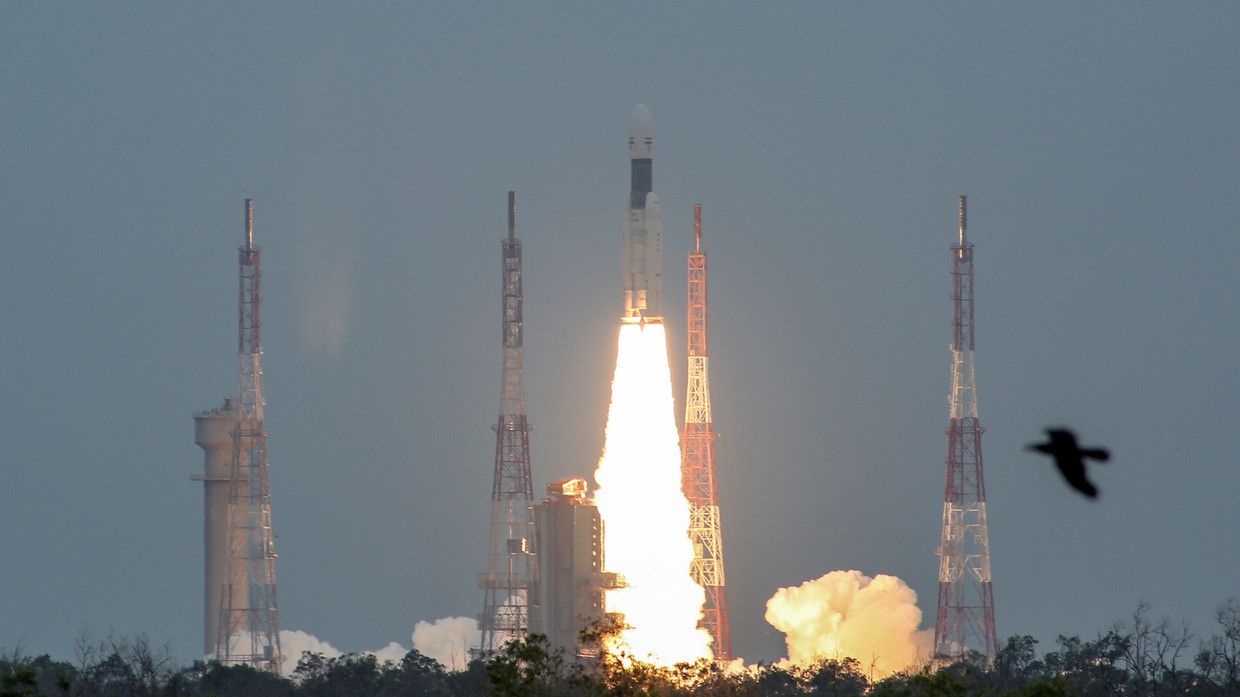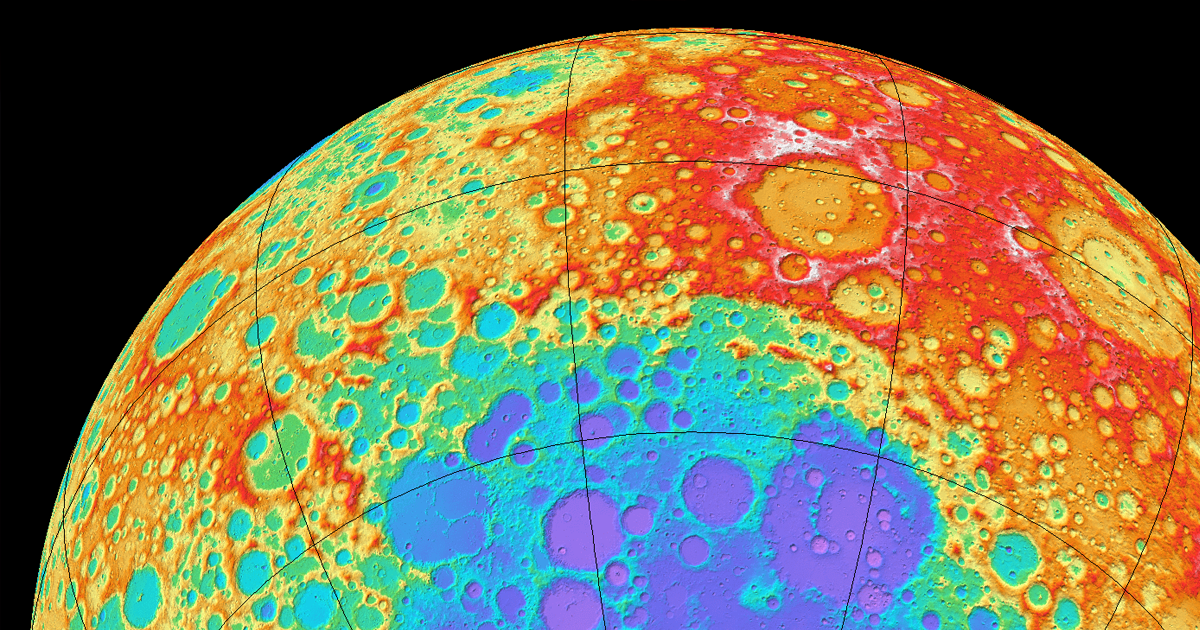‘Space Superpower’ India to Kickstart Space War… Drill
Listen to “E52 8-4-19 ‘Space Superpower’ India to Kickstart Space War” on Spreaker.
Article: July 25, 2019 (rt.com)
• In preparation for an attack from space, on July 25th and 26th the Indian Army conducted a military drill dubbed ‘IndSpaceEx’ to assess the ‘imminent threats’ India will meet should any armed conflict escalate beyond earth, and to identify key challenges and shortfalls if a conflict escalates to the space dimension. An unnamed Indian official also told the Times of India newspaper that India’s Institute of Technology will also work on ‘space war’ preparations.
• An unnamed Indian military official stated that one of the reasons for the drill is India’s aspiration to counter China’s superiority as a space power. “We cannot keep twiddling our thumbs while China zooms ahead. We cannot match China but must have capabilities to protect our space assets,” the official was cited as saying.
• In March 2019, India successfully tested its anti-satellite (A-Sat) interceptor missile to shoot down a Microsat-R satellite in low Earth orbit. That achievement prompted Prime Minister Narendra Modi to proclaim his nation a fourth “space superpower” after the US, Russia, and China.
• On July 22nd, India launched its Chandrayaan-2 orbiter and lunar module which is set to land on the Moon’s South Pole in weeks to come. That success was in fact met with praise by space rival China, announcing that China wants to team up with its Indian counterpart to explore the Moon. China’s own lunar mission, the Chang’e-4, successfully landed in the South Pole-Aitken basin in January 2019, and is currently exploring the Moon’s geology and performing biological experiments.
If any UFOs – or adversaries within Earth’s orbit – start behaving badly, India wants to be ready, as it prepares to take war drills literally to a new level… space.
The Indian Army has been ordered to prepare for any enemy, even one that can come from space. The ambitious two-day drill dubbed IndSpaceEx is set to assess the ‘imminent threats’ India will meet should any armed conflict escalate beyond earth.
 The country’s first simulated space warfare exercise is starting on Thursday. But the drill was first mentioned back in March, when the country successfully tested its anti-satellite (A-Sat) interceptor missile to shoot down a Microsat-R satellite in low Earth orbit. That achievement prompted Prime Minister Narendra Modi to proclaim his nation a fourth “space superpower” after the US, Russia, and China.
The country’s first simulated space warfare exercise is starting on Thursday. But the drill was first mentioned back in March, when the country successfully tested its anti-satellite (A-Sat) interceptor missile to shoot down a Microsat-R satellite in low Earth orbit. That achievement prompted Prime Minister Narendra Modi to proclaim his nation a fourth “space superpower” after the US, Russia, and China.
“Modi said the A-Sat test in March was conducted to make India stronger and more secure, as well as further peace and harmony. In line with this vision, IndSpaceEx is being conducted to identify key challenges and shortfalls if a conflict escalates to the space dimension,” an unnamed official revealed on Wednesday, as cited by the Times of India newspaper. He added that India’s Institute of Technology will also work on ‘space war’ preparations.
FAIR USE NOTICE: This page contains copyrighted material the use of which has not been specifically authorized by the copyright owner. ExoNews.org distributes this material for the purpose of news reporting, educational research, comment and criticism, constituting Fair Use under 17 U.S.C § 107. Please contact the Editor at ExoNews with any copyright issue.

